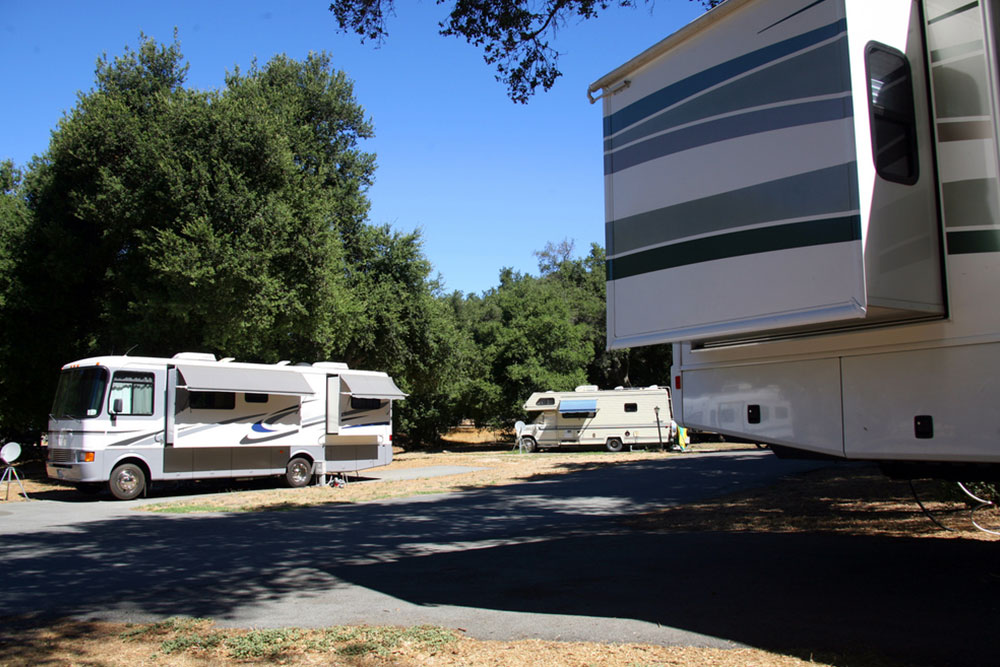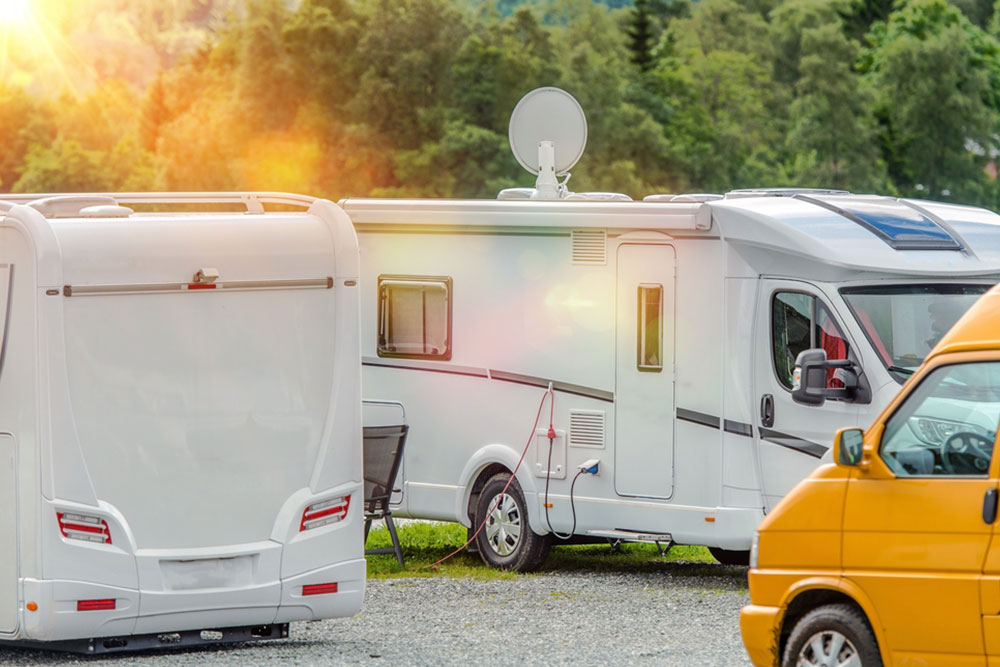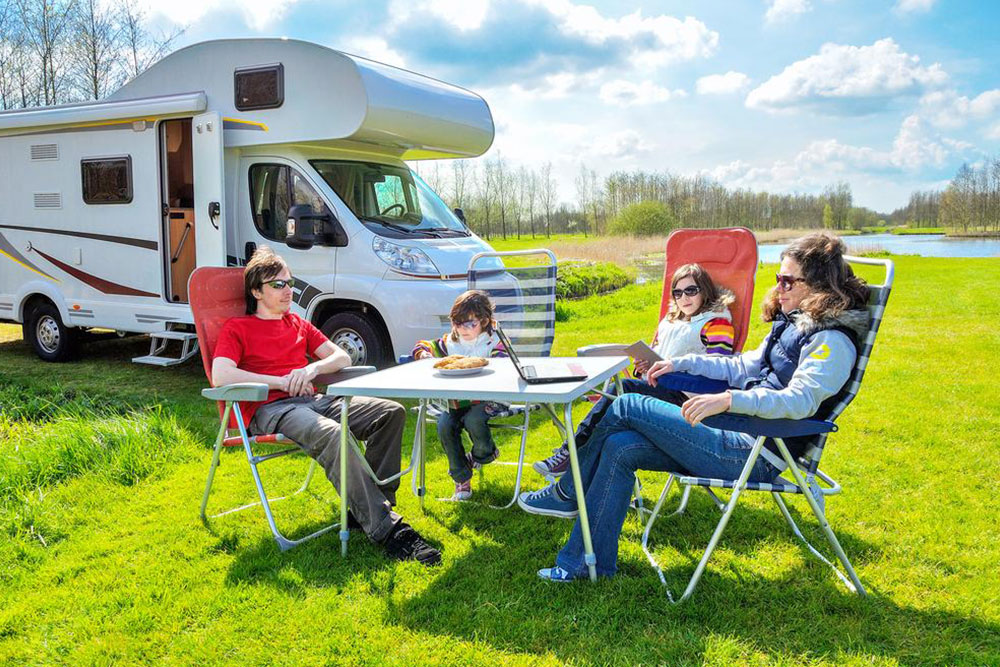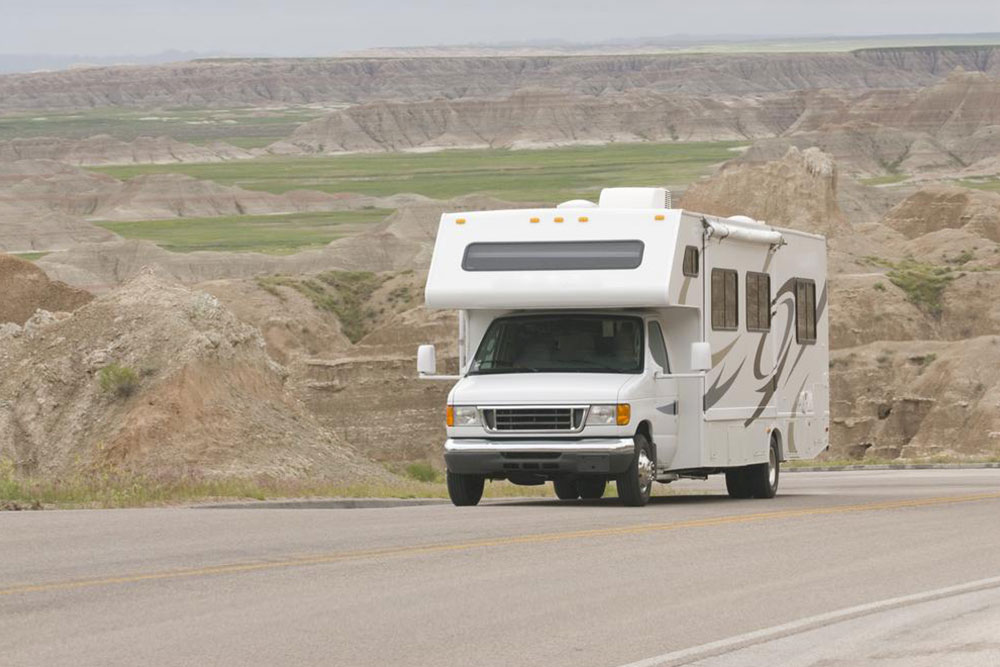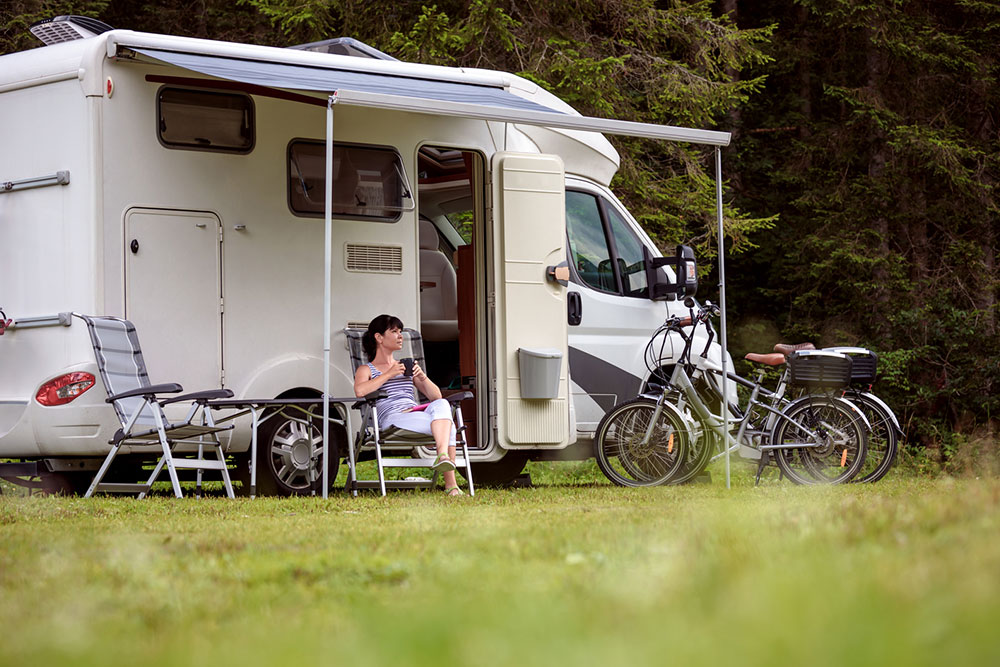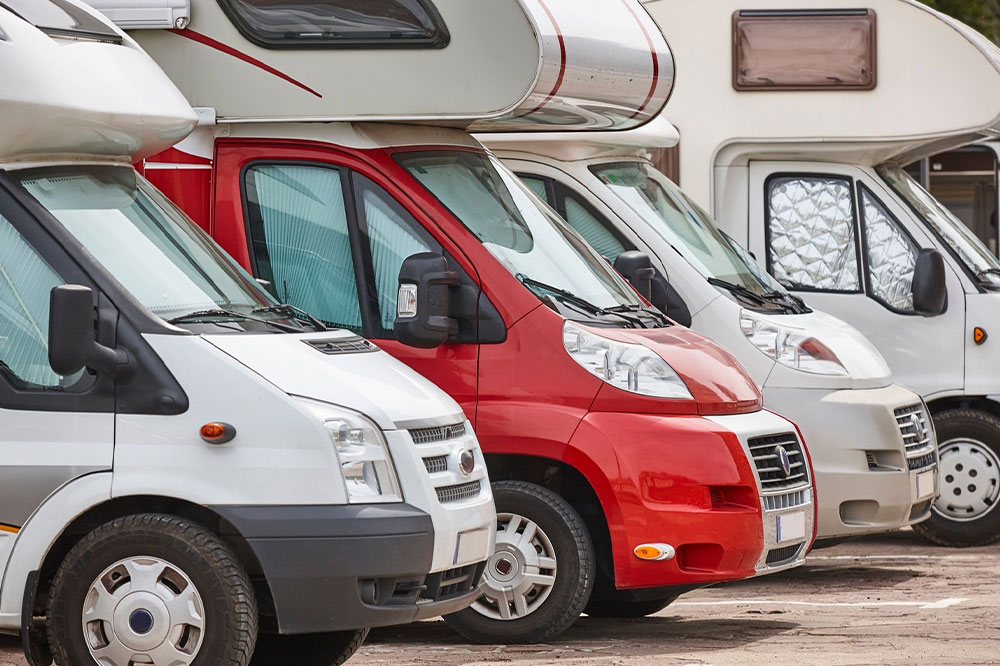Guide to Purchasing Used RVs
Discover comprehensive tips for purchasing quality used RVs, including market research, vehicle checks, and choosing the right model for your travel needs. Save money and avoid pitfalls by following expert advice on inspecting and selecting the perfect pre-owned RV for your adventures.
Sponsored
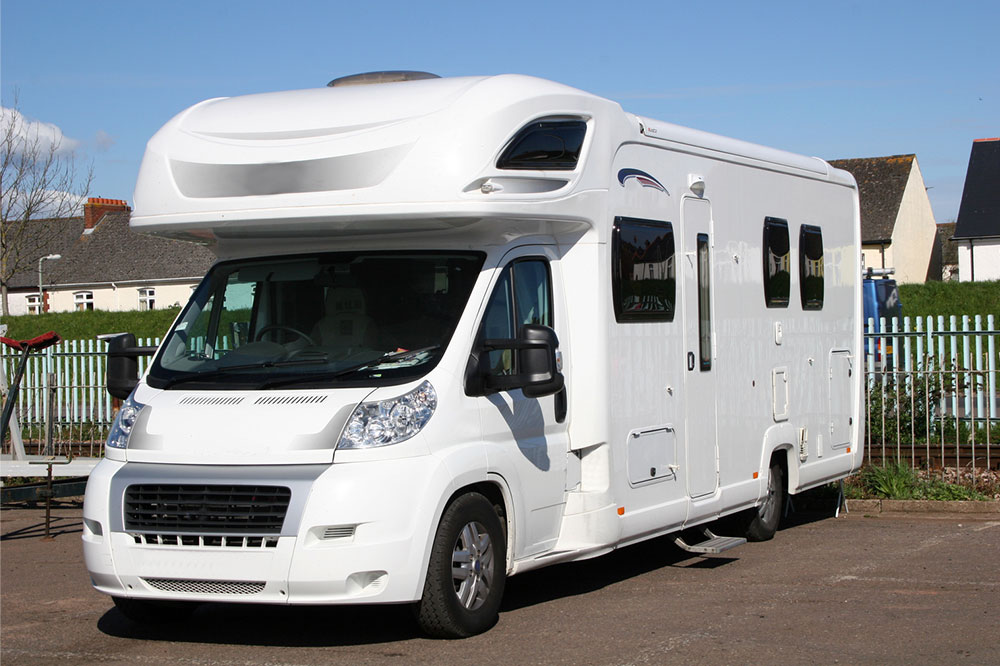
Guide to Buying Used Recreational Vehicles
Owning an RV and exploring scenic routes offers an enriching experience. However, selecting the right vehicle involves careful consideration. You need to decide which RV suits your needs and the appropriate towing vehicle, especially with advanced electronic features now integrated into many models.
If you’re planning summer trips with family, purchasing a pre-owned RV can be cost-effective. Well-maintained used RVs typically cost about half their original price after accounting for depreciation, financing, and upkeep, especially for vehicles over three years old.
Here are essential tips for buying a used RV:
While dreaming of distant travels with your home on wheels is exciting, it’s important to stay pragmatic. Research online, read owner stories, join RV clubs, attend rallies and shows to gather insights. Ensuring this lifestyle fits your routine is crucial before making a purchase.
Identify your specific needs. Many buyers seek newer models or upgrades but forget to consider size or handling. For example, Class A motorhomes may not be suitable for long-distance driving but could be ideal if mostly parked. Clarify your purpose for the RV to make an informed choice.
Search online platforms and RV parks for a wide selection of used vehicles based on make, model, and price. These sources often offer competitive deals.
Utilize tools like NADAguides to understand market values by entering vehicle details. Buying directly from owners, rather than dealers, can often yield better prices. Always compare similar listings in the market.
Thoroughly check the vehicle’s history using the 17-digit VIN. Obtain reports to verify accidents, theft, damage, recalls, and manufacturer specs. Request maintenance records, warranties, and ownership documents. Conduct a test drive to assess mechanical health, braking, handling, and noise levels.
Be aware of potential issues in used RVs. Many may have been stationary for long periods, requiring repairs. Ideal mileage ranges are between 10,000 to 35,000 miles. Check for new batteries, belts, brakes, tires, and signs of leaks or damage from harsh climates.
Stay informed about market prices and vehicle history. If the RV is over five years old, consider financing options, and have the vehicle inspected by lenders if needed.
Select an RV that matches your travel plans. For family trips, a larger multi-sleeper is preferable, whereas couples may opt for smaller models. Prioritize your specific requirements to ensure satisfaction.
Plan well if traveling with children or groups, considering comfort and functionality. Choosing wisely today will ensure your future adventures are enjoyable and stress-free.

